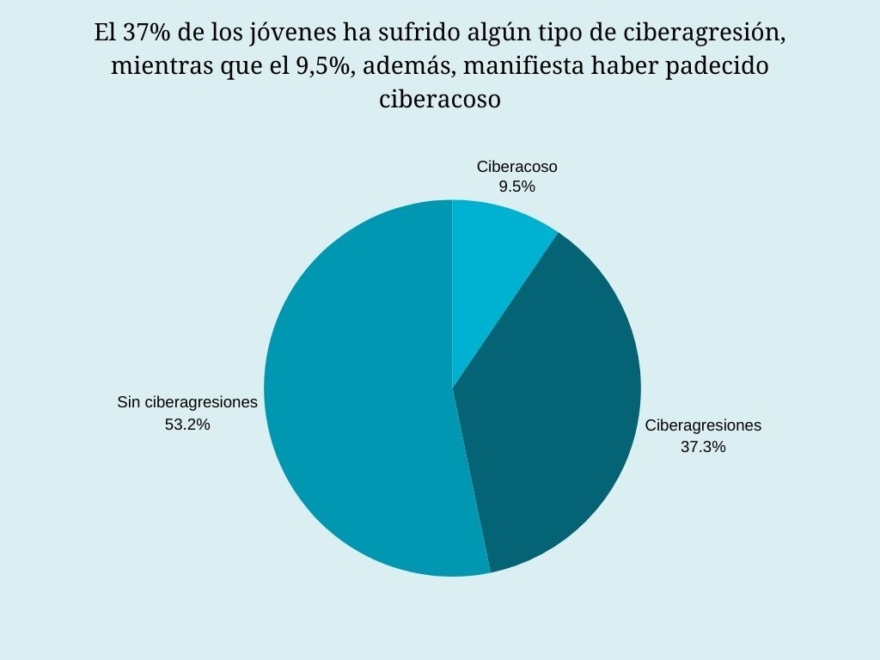

Four out of five victims of cyberbullying do not realize they are suffering from it.
According to a study by the Social Observatory of the La Caixa Foundation, four out of every five victims of harassment do not realize that they are suffering from it. Cyberbullying or cyberbullying is defined as aggressive and intentional behavior what is given repeatedly – at least once or twice a month – against a person who cannot easily defend himself in a context such as digital. This person in many cases is usually not aware of this.
Research project’Young people with special educational support needs are twice as likely to experience cyberbullying.”from the 2021 call to support social research in technology and society, also provides another noteworthy fact: almost half of youth Respondents had experienced some type of cyber aggression in the two months prior to their participation in the study, defining cyber aggression as the behavior of people who use communication technologies such as social media, email or text messages to attack other people. When cyber aggression meets certain criteria, cyberbullying is considered to have occurred.
To reach these conclusions, the researchers who led the study – Angels Esteller Cano, Albert Flexas, Eva Aguilar Mediavilla and Daniel Adrover Roig from the Institute of Educational Research and Innovation (IRIE) of the University of the Balearic Islands – conducted a survey among 2,400 adolescents in March and June 2022 . Spaniards from 12 to 17 years old.mostly students of compulsory secondary education.
Sensitive groups
The study focused on exploring how technical progress And growing adoption of the virtual environment can impact cyberbullying in young people, with particular attention to the impact on victims with special needs educational support (NEAE).
“Cyberbullying is getting increased attention from researchers but there is little research targeting students with special educational support needs,” explains Angels Esteller Cano, principal investigator of the study, which aims specifically to “fill this gap by examining engagement and consequences of cyberbullying among youth with any educational need.
Specific educational needs include aspects such as disability physical, cognitive or sensory and speech, language and communication difficulties such as language disorder or autism spectrum disorder. Also included learning and attention disorderssuch as dyslexia or attention deficit hyperactivity disorder (ADHD), or high ability.
Offensive words or insults
Based on survey results, researchers noticed that 46.8% young people claims to have experienced some type cyber violence and harassment in recent months. Specifically, 37.3% of youth said they had experienced some form of cyberbullying, and 9.5% said they had been cyberbullied.

Reported cases of cyberbullying include receiving offensive words or insults online (the most common cyberbullying), being ignored or excluded from a social network or chat, and receiving threats via a computer or mobile phone.
4 in 5 young people don’t know they are victims of cyberbullying
After answering a questionnaire about cyberbullying, the researchers gave the young people a definition of cyberbullying and then asked them whether they thought they had experienced it in recent months. Only 21% of victims answered yes.
The data obtained from the study confirms that Young people’s perception of harassment is low, because 4 out of 5 victims don’t know they are suffering from cyberbullying. Men are more sexually active
The prevalence of suffering from cyberbullying is 10.9%, compared to 8% for women.
“This could indicate several things, such as that victims have normalized the situation by downplaying it, or that their perceptions are skewed by personal or contextual characteristics,” says Albert Flexas, co-author of the study.
Source: El Independiente